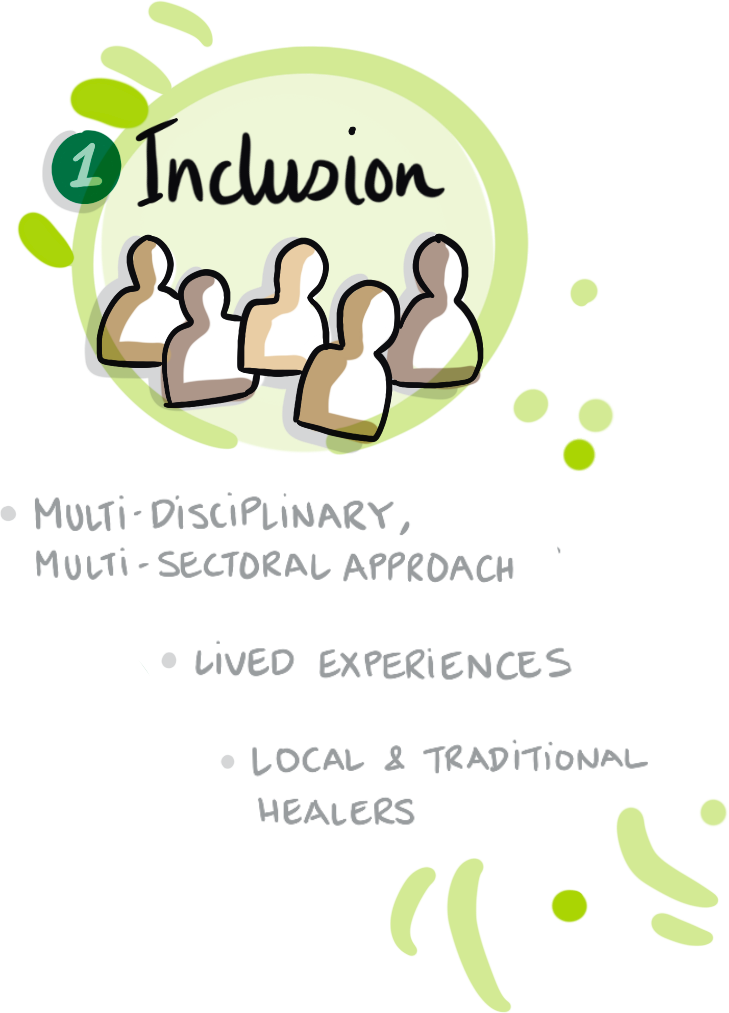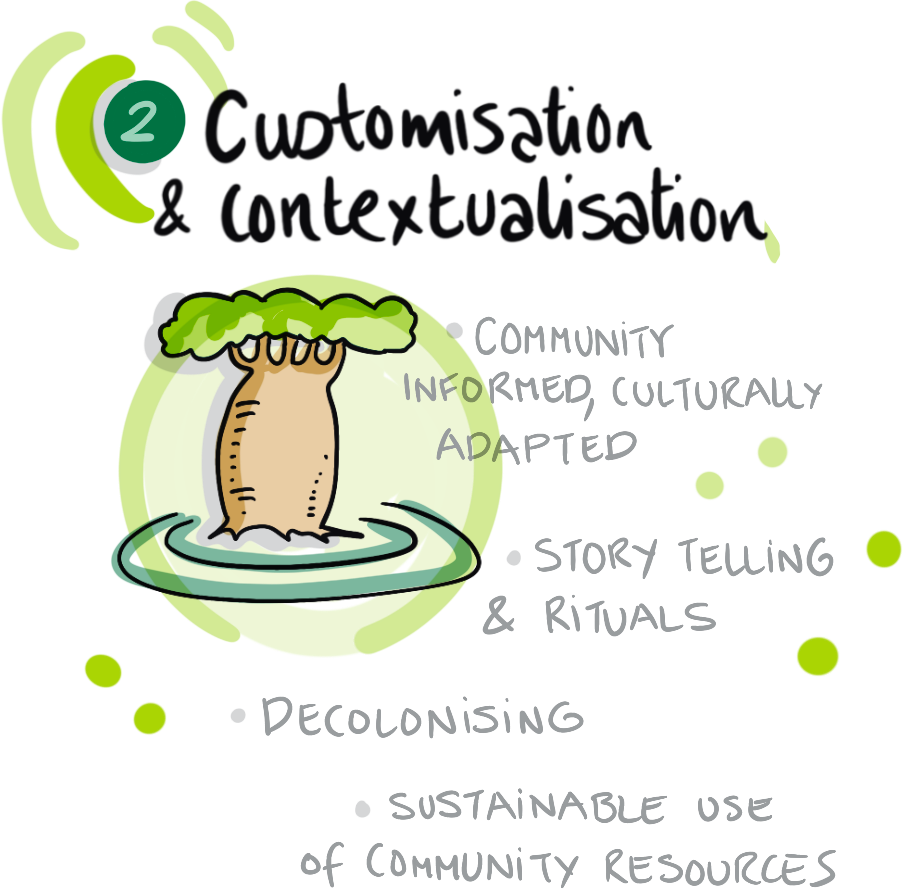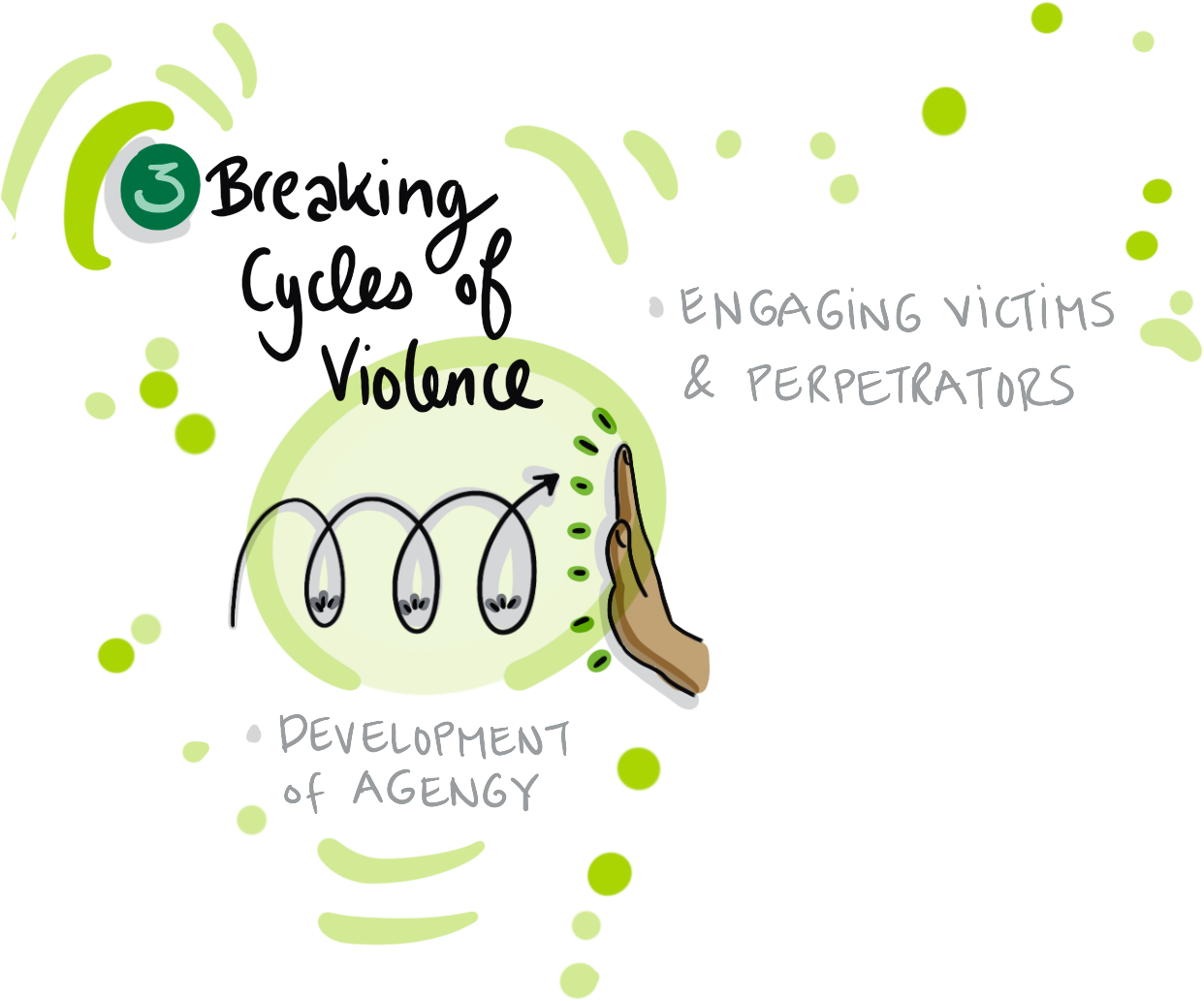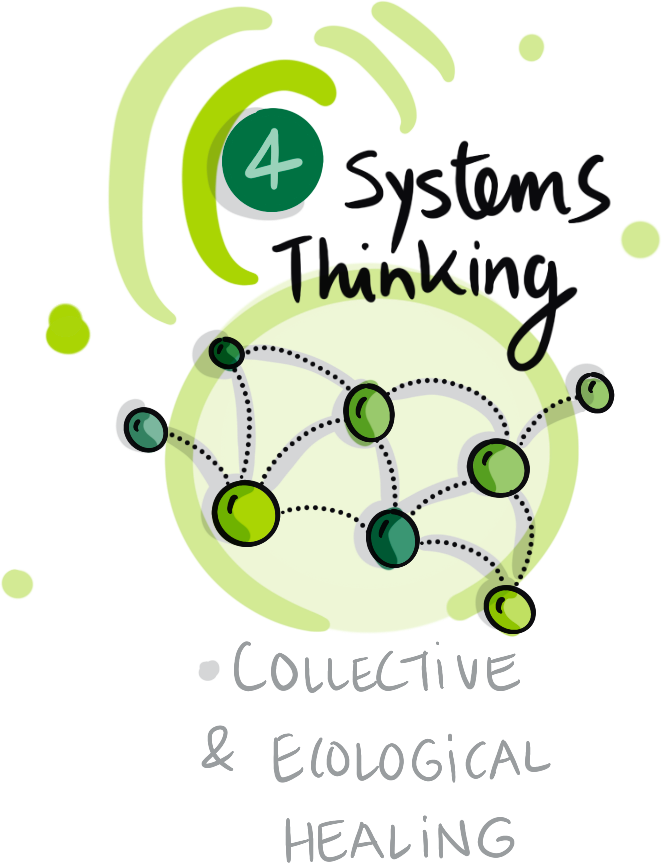Healing-Centered Peacebuilding
Healing is possible
“We’re a society organized based on trauma, so we need to go from being trauma-organized to being trauma-informed - and then, eventually, healing-centered.”
Dr. Christine Bethell
Theory informed by practice
A strength-based, comprehensive approach to healing considers culture, spirituality, civic action, and collective healing. Instead of treating trauma as an isolated individual experience, this healing-centered approach acknowledges that trauma and healing are experienced collectively.
By embracing healing-centered engagement, we can broaden our understanding of trauma responses and promote overall well-being in a more holistic way. Healing-centered engagement aligns with the concept of "Ubuntu" an African cultural concept, which emphasizes our interdependence, collective engagement, and service to others as essential components of our humanity. I am because you are.
The healing-centered approach takes into account the interconnectedness of individuals and the ways in which trauma and healing impact not only the individual, but also the community as a whole.
By adopting this approach and embracing the idea of Ubuntu, we recognize that our well-being is linked to the well-being of those around us, and we work together to promote healing and support each other. As the saying goes, "I am because you are."
The Five Key Healing-Centered Elements
Owning our own healing agenda
“Healing-centered engagement is strength-based, advances a collective view of healing, and re-centers culture as a central feature in well-being.”
Dr. Shaun Ginwright
Six recommendations for developing healing-centered interventions
Develop peer support structures
Decolonizing mental health requires peer support and moving away from the biomedical model. Effective youth-centered peer support programs involve co-design and training them to be facilitators, empowering them to take ownership of their healing. We prioritize youth-led programming to create a safe and supportive space for all participants to learn and grow together.
Focus on the core human needs
Our well-being is tied to safety and connection. Feeling safe and connected promotes calm and balance, while feeling threatened or disconnected can lead to negative feelings. Prioritizing safety and fostering meaningful connections can improve well-being and promote a positive state of mind.
Tools must be contextual and culturally relevant
It is important that the adaptation is not only around the process but also with the instruments of measurement. If concepts like trauma do not make sense contextually, find the words and the experiences that do and use them. Do not cut and paste from other contexts just because it works elsewhere. Remember that culturally appropriate embodied practices are available in all cultures - and some just do not cross over!
Language is important
Language plays a critical role in the healing process, as many practitioners noted in Dr. Yoder-Maina’s research. Using one's mother tongue to name things is essential for effective healing. Unfortunately, for many people, colonialism has disrupted their ability to communicate effectively in their own language, and they have been forced to use the language of their colonizers.
While providing support in one's mother tongue can be costly and complex, it is crucial to effective healing. We understand the importance of language and strive to make our support services available in the mother tongue whenever possible. By doing so, we hope to create a safe and welcoming environment for all individuals seeking healing-centered care.
A referral system for additional care is key
A referral system is designed to connect the informal community care and self-care elements at the bottom of the WHO pyramid with more formal care options at the top. However, we understand that formal support may not always be available. In such situations, we encourage individuals to seek out other cultural supports, such as family and religious support, and integrate them into their referral pathway. This approach ensures that even the referral process is grounded in community care, and that the existing community is strengthened as a result. The goal is to create a holistic system of care that draws on both formal and informal resources, building a stronger, more resilient community in the process.
Doing nothing is no longer an option
Living in violent environments can cause immense pain and suffering. Many traditional community-based resources for healing are often shaped by religion and gender norms. Despite the legacy of colonialism and its ongoing impact, there are often hidden resources within communities to address community violence. When access to outside expertise is limited, it is essential to remember that communities have been healing themselves for thousands of years by relying on each other and their shared beliefs.
A New Framework
Our healing-centered peacebuilding approach recognizes that emotional and mental distress are crucial factors in promoting peaceful and stable communities. In situations of violent conflict, trauma is not only a consequence but can also be a contributing cause of instability. This is why we prioritize addressing emotional and mental distress as a key component of our approach to peacebuilding.
To better understand how our healing-centered approach can make a difference, we invite you to explore the systems map created by Dr. Angi Yoder Maina. This system’s map highlights the various interconnected factors involved in chronic violence and demonstrates how our approach is a crucial element in a holistic community-based response. By prioritizing healing and trauma-informed practices, we aim to create a more sustainable and long-lasting peace that prioritizes the well-being of individuals and communities.
We firmly believe that a healing-centered approach to peacebuilding is not only effective but necessary in creating lasting change in our communities. Join us in our efforts to build a more peaceful and compassionate world.








